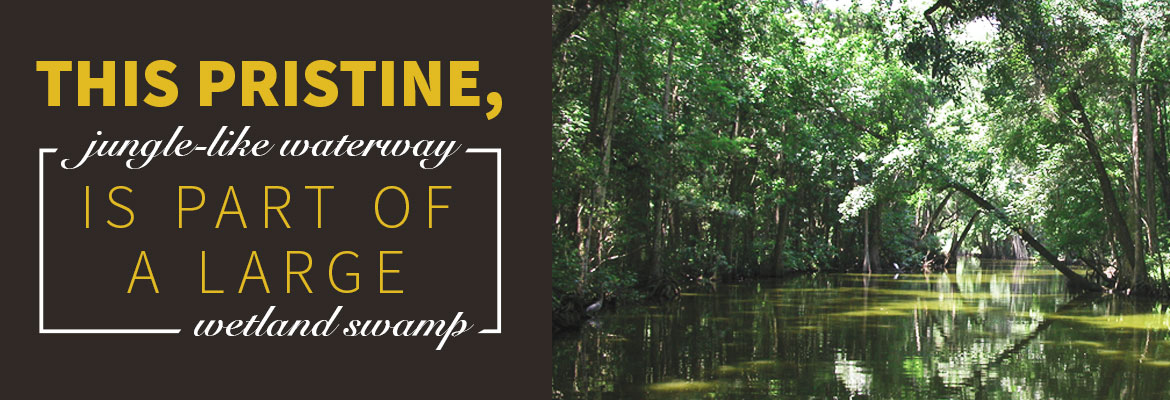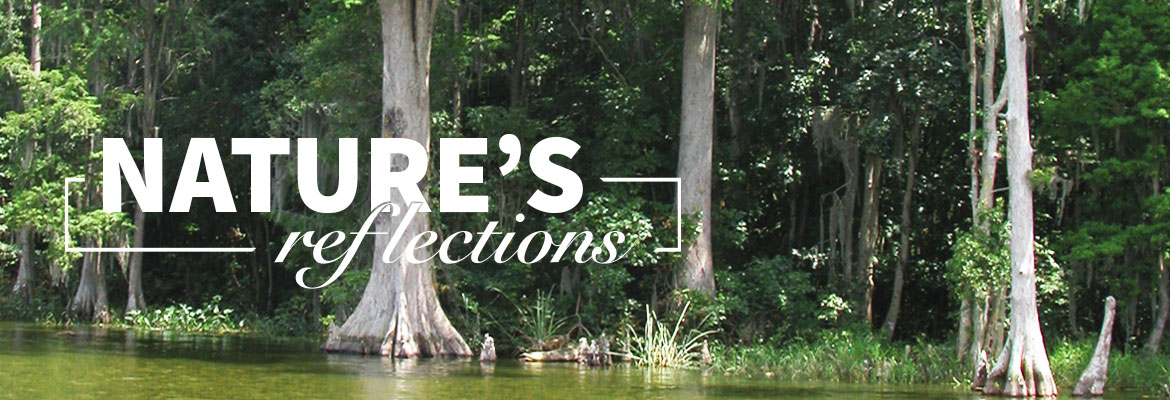Nature’s Reflections – Florida’s Scenic Dora Canal
Mile-long canal connects Lakes Eustis and Dora
The Dora Canal, originally known as the Elfin River, was once home to the Timucuan Indians, followed by French, Spanish and British settlers. In the late 1800s the waterway was dredged out and widened to accommodate easier passage of small steamboats and subsequently became known as the Dora Canal.
This scenic passage is a one-and-a-quarter mile-long waterway located in Lake County. It connects Lake Dora and Lake Eustis and is part of the Harris Chain of Lakes – nine lakes connected by streams and canals that extend north to the Ocklawaha River. Many of the county’s 1,000 lakes, with connecting canals, are part of the Ocklawaha Chain of Lakes. In the 1800s, steamboats, were vital to the area before the arrival of the railroad. The scenic Dora Canal connects the six-mile-long Lake Dora with other lakes leading to the St. John’s River, Jacksonville, and Atlantic Ocean.
This pristine, jungle-like waterway is part of a large wetland swamp, fed by underground springs and abundant rainfall. Its beautiful, stately old Bald Cypress trees draped with Spanish moss provide a picturesque canopy for the abundant flora and fauna below. During winter months, the cypress, although conifers, lose their leaves. The canal is different in the summer when the foliage is full.

The opportunity to see wildlife in this sanctuary makes it a favorite location to observe many creatures in their natural habitat. A plethora of wading birds, herons, egrets, anhinga, wood ducks, ospreys, eagles, otters, alligators, turtles, snakes and fish are commonly seen here. The canal provides great subjects for photography, or an opportunity for a peaceful, quiet and enjoyable ride.
In 1951, the Dora Canal location was used to reshoot some of the river scenes in the now-classic movie, African Queen, starring Humphrey Bogart and Katherine Hepburn. Although it had been originally filmed in Africa, the Dora Canal was selected for the retakes because, other than a few residences at the southern end of the canal, it looks much like a wild river running through an uninhabited jungle.
Column & photo by: Sandi Staton






